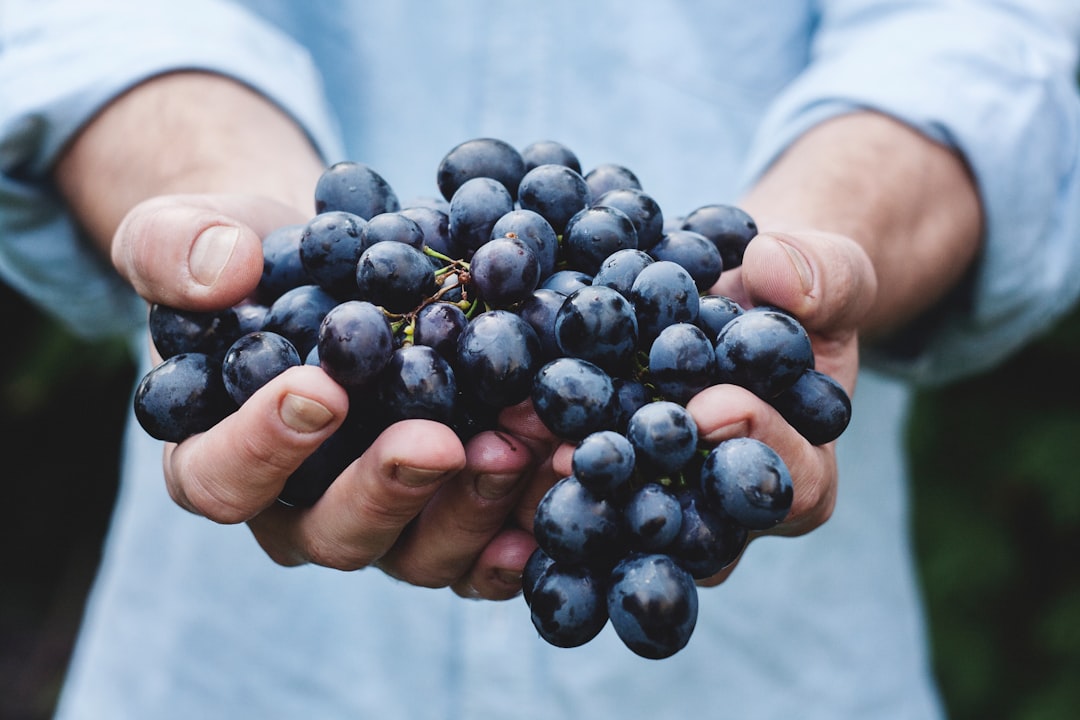Backyard fruit trees and berry bushes not only add beauty and structure to your garden but also provide a bountiful harvest of fresh, delicious produce. Whether you’re a seasoned gardener or just starting out, selecting the right varieties and learning proper care techniques can transform your backyard into a fruitful oasis. Here’s a comprehensive guide to help you choose the best fruit trees and berry bushes for your space and care for them throughout the year.
Choosing the Right Varieties
Consider Your Climate and Soil
-
Climate Compatibility: Start by identifying fruit trees and berry bushes that thrive in your USDA Hardiness Zone or local climate. For example, apple trees and blueberry bushes are well-suited for cooler regions, while citrus trees and figs flourish in warmer areas.
-
Soil Conditions: Test your soil to determine its pH and nutrient levels. Some plants, like blueberries, prefer acidic soil, whereas many fruit trees do well in neutral to slightly acidic conditions. Amend your soil as needed with organic matter or specific fertilizers to create the ideal environment.
Space and Layout
-
Tree Size: Choose dwarf or semi-dwarf varieties if you have limited space. These trees are easier to manage and harvest, and they can often be grown in large containers.
-
Bush Varieties: Berry bushes generally require less space than fruit trees. Consider varieties that suit your available area and design a layout that provides adequate sunlight and air circulation.
Disease Resistance and Pollination Needs
-
Resistant Varieties: Look for disease-resistant cultivars that are less susceptible to common pests and illnesses. This can reduce the need for chemical treatments and lower your maintenance efforts.
-
Pollination: Some fruit trees require cross-pollination with another variety to produce fruit. Check pollination requirements and, if necessary, plan to plant compatible varieties nearby.
Planting and Initial Care
Best Planting Practices
-
Timing: Plant fruit trees and berry bushes during their dormant season (typically late fall or early spring) to allow roots to establish before active growth begins.
-
Site Preparation: Choose a sunny location with good drainage. Dig a wide hole, mix in compost, and set your plant at the same depth as it was in its nursery container.
-
Spacing: Ensure proper spacing to allow for growth, air circulation, and ease of maintenance. Overcrowded plants can lead to increased pest issues and disease.
Watering and Mulching
-
Watering: Newly planted trees and bushes require consistent moisture to establish roots. Use a drip irrigation system or a soaker hose to deliver water directly to the root zone, reducing water waste.
-
Mulching: Apply a 2-3 inch layer of organic mulch around your plants. Mulch helps retain moisture, suppresses weeds, and gradually enriches the soil as it decomposes.
Ongoing Care and Maintenance
Pruning and Training
-
Pruning Fruit Trees: Regular pruning improves sunlight penetration and air circulation, which helps reduce disease risks and encourages healthy fruit production. Remove any dead or crossing branches and shape the tree to a manageable form.
-
Training Berry Bushes: Prune berry bushes annually to remove old canes and encourage new growth. Proper training can lead to better fruit yields and easier harvesting.
Fertilizing and Pest Management
-
Fertilization: Provide a balanced fertilizer tailored to fruiting plants. Follow the recommended application rates, usually starting in early spring and again in late summer, to promote robust growth without causing excessive vegetative growth at the expense of fruit.
-
Pest and Disease Control: Monitor your garden regularly for signs of pests and diseases. Employ integrated pest management (IPM) techniques such as encouraging beneficial insects, using organic sprays, and maintaining good garden hygiene. Early detection and prompt treatment are key to keeping your plants healthy.
Seasonal Care
-
Winter Protection: In colder climates, protect young or sensitive trees by wrapping trunks or using frost cloths. Consider applying a thicker layer of mulch during winter to insulate the roots.
-
Summer Maintenance: During hot, dry periods, ensure your plants receive sufficient water and consider using shade cloths if temperatures become extreme.
Harvesting and Enjoying Your Produce
Timing the Harvest
-
Maturity Signs: Different fruits have specific signs of ripeness—apples may change color and detach easily from the branch, while berries become fully colored and slightly soft to the touch. Harvest at peak ripeness for the best flavor and nutritional value.
-
Regular Picking: Frequent harvesting not only ensures you enjoy your produce at its freshest but also encourages the plant to produce more fruit.
Beyond the Garden
-
Preservation: Consider canning, drying, or freezing surplus fruit to enjoy throughout the year. Home preservation can add an extra layer of satisfaction to your backyard farming efforts.
-
Sharing the Harvest: Fresh fruit and berries make wonderful gifts. Sharing your bounty with friends and neighbors can help foster community spirit and encourage others to explore backyard farming.
Conclusion
Choosing the right fruit trees and berry bushes, along with proper care and maintenance, can transform your backyard into a thriving, edible landscape. By considering your climate, soil, space, and plant needs, and by following thoughtful planting and care practices, you’ll be well on your way to enjoying a year-round harvest of delicious, home-grown produce.

Comments
No comments yet. Be the first to comment!
You must be logged in to comment. Login